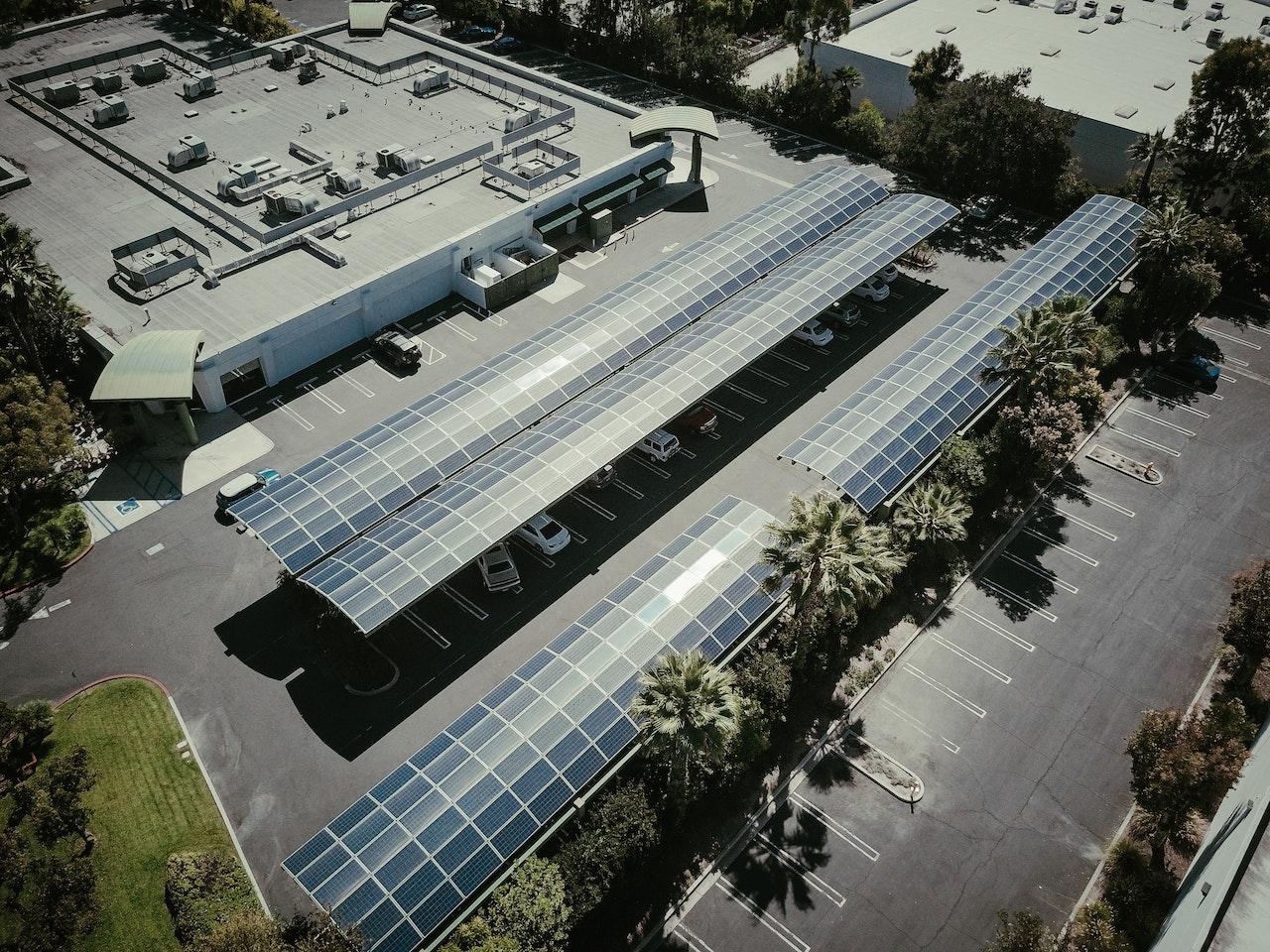Digitalisation enables companies to minimise their carbon footprint if non-digital processes are replaced with more efficient digital flows.
Nevertheless, another vital aspect is at play here: software development itself, like any other industry, can be environmentally responsible or not so much, and therein lies a strategic difference.
The carbon footprint of digital technology is surprisingly large and rapidly growing. According to the EU climate strategy for the information and communication technology (ICT) sector, the ICT industry uses 4–10% of the world’s electricity and generates 1.5–5% of its greenhouse gas emissions (2022).
The hard truth is that many companies still use and develop software solutions that are not optimised for environmental sustainability.
Why is enterprise sustainability important?
Sustainable business practices lead to adopting greener technologies and allow enterprises to remain ahead of the game. Sustainable corporations also value people more and hence ensure better employment practices. Thus, sustainability has a pivotal role to play in employment and, in turn, makes the economy more sustainable.
Businesses traditionally focus only on the bottom line, net earnings.
However, with increasing awareness about sustainable practices, the triple bottom line approach has emerged, focusing on profit, people, and the planet. For example, a recent IBM survey shows that 49% of consumers have paid a premium for sustainable or socially responsible products in the last twelve months.
How can sustainable software aid in enterprise sustainability?
Sustainability software lets enterprises accurately track the environmental footprint of their products and services and uses data to advise R&D and strategy, whether making more energy-efficient manufacturing equipment or operating with different suppliers on low-impact raw materials.
The importance of sustainability for corporations is evident, whether positives like energy cost savings or more sales from eco-sensitive consumers; or negatives like fines for failing to comply with environmental legislation or difficulties securing financial investment.
A range of sustainable software is available to enterprises wanting to take their first steps towards sustainability or enhance their current measures. Data analytics is often crucial to analyse current operations and identify areas where enterprises can and should implement changes.
The pressure on enterprises to operate sustainably will only grow in the coming years. Innovative companies will take action now to improve their bottom line and mitigate the potential risks of inaction.
Sustainable software solutions would minimise the long-term impact of IT infrastructure on the world.
The result of making sustainable choices is staggering, even when you exclude the possibilities presented by digital disruption (or just your regular, sustainable service design) and measure only the impact of sustainable technical aspects.
Sustainable software can easily consume 100 times less energy and create 1,000 times less digital waste (depending on the case, as said figures can be either minor still or considerably more significant).
The direct impact comes from service design, where business people, analysts, and service designers unite to build the right solution. Designing useless software, however efficient, is always wasteful.
Sustainable software solutions are designed in balance:
- to meet actual (business) needs; and
- to minimise software architecture’s impact, chosen technologies, devices, and infrastructure have on the planet throughout their life cycle.
Every enterprise creating or using the software can profit from sustainable software engineering if they want to transition towards a greener digital world with more efficiency.
Enterprise sustainability software creates better solutions for the planet and the business
A sustainable approach to enterprise business has grown in popularity in the last decade. Enterprises and corporations are striving more than ever to reduce their impact on the planet.
Enterprise sustainability software is being adopted in all industry sectors– however, it should be noted that professional software development should be sustainable regardless – experienced software developers will not bloat software applications; thus, they are streamlined already.
Many enterprises have corporate suitability managers who devise a sustainability plan in their assignments, calling for energy and cost-efficient products and services.
Enterprise sustainability software is about:
- Moving energy sources to more renewable energy sources.
- Using software that causes less impact on the environment
- Developing sustainable software by ensuring code is streamlined and software architecture is not over-engineered.
- Producing new software standards that prolong devices’ lifecycles, reducing the amount of total e-waste.
- Recycling hardware devices into the circular economy.
Sustainable software minimises the long-term impact of software architecture on the world. Thus, this is not only better for the environment, but it also helps corporations build efficient products.
Getting started with sustainable software development
The increasing scrutiny of companies and their Environmental, Social, and Governance (ESG) goals means that software companies are also taking a more serious approach to producing green software. This field is rapidly evolving and has yet even to reach maturity.
Many IT companies are still figuring out how the software industry is changing. The following criteria can recognise leading sustainable software companies:
- They have already implemented sustainable software development methods and standards.
- They have clearly defined the extent of the impact.
- All critical roles in their software service model are involved.
- Sustainability is one of the focal points of their value proposition.
Enterprise growth with Helmes
As an enterprise grows, its IT systems consume more energy – from automated emails it sends to end users to every required report and system backup.
At this point, a corporation understands it needs to create more sustainable software. Still, most corporate sustainability managers do not understand how software can achieve ESG goals and the costs involved, whether the architecture will be inefficient or will support the continued growth goals of the corporation.
At this juncture, Helmes has two responsibilities.
- To help our enterprise clients determine the software design and the components required (for testing and adoption).
- To test proof of concepts needed to be made and determine the project’s viability to understand the technology and energy costs involved.
For example, when considering building enterprise software, software engineers love to implement new technologies, test their viability and then hail the project a success.
At Helmes, we question what happens if a million users begin to use it. How will the software sustain this heavy load? Our engineers design the software and test proof of concept to ensure not if but when this occurs.
Most software developers would advise clients to buy more servers to handle this increased user base. However, for us, this represents two critical flaws.
New servers mean more energy consumption, increasing a business’s environmental footprint. Thus, if this is not viable, new software must be built on top of the existing architecture, making the entire system over-bloated. Quite often, the upkeep does not end with ‘just throw in some more servers’ but also with extra people for maintenance.
Thus, our teams are adept at ensuring this never happens.
For over 15 years, we have fine-tuned our work methods so that all the team members play together as a professional orchestra.
Get in touch




